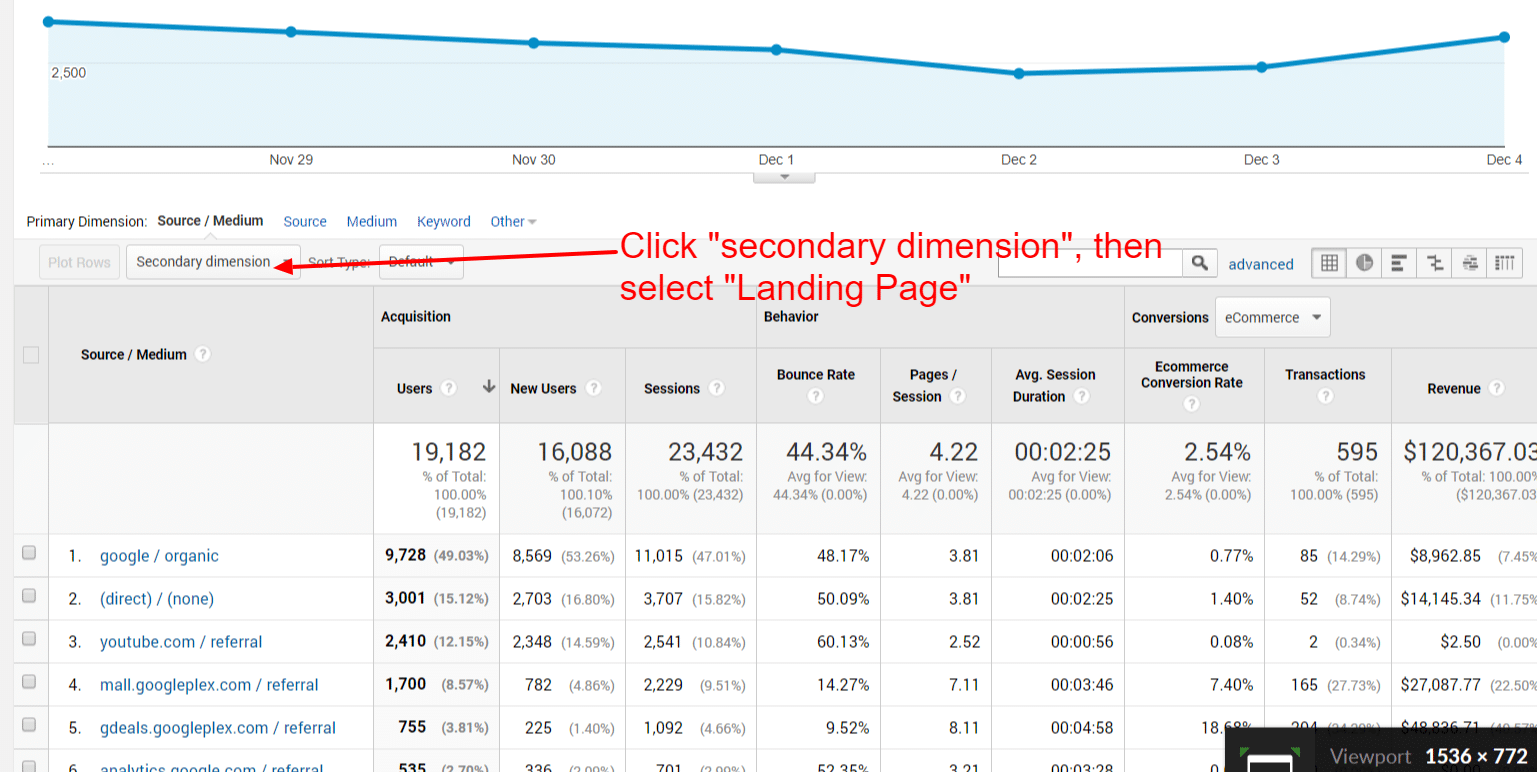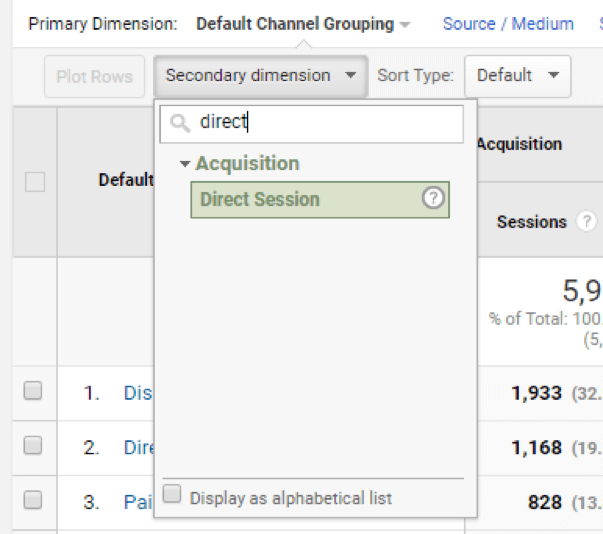Taking Full Advantage Of Search Engine Optimization with Secondary Dimension in Google Analytics
Enhance Your Information Analysis Using Additional Dimension in Google Analytics
Checking out the abilities of second measurements in Google Analytics opens up a realm of opportunities for refining data evaluation. By layering added dimensions onto primary data sets, an even more elaborate story arises, dropping light on individual communications and efficiency indications.
Recognizing Second Measurements
In the world of information analysis, an important element to grasp is the principle of additional measurements and their importance in removing much deeper insights from Google Analytics records. Second dimensions in Google Analytics describe added parameters that can be included in the primary dimension, permitting for a much more comprehensive analysis of information. By incorporating additional measurements, experts can segment and filter data to discover patterns, trends, and relationships that could not be obvious when considering the information all at once. These additional measurements can offer context and a more detailed understanding of individual habits, web traffic sources, and various other crucial metrics tracked by Google Analytics.

Benefits of Using Second Measurements
When assessing information in Google Analytics, the usage of secondary dimensions supplies very useful understandings into user actions and efficiency metrics. By adding an additional dimension to your key information, you can delve deeper into the characteristics of your internet site visitors and their interactions. Among the crucial advantages of using additional measurements is the capability to sector and compare data much more successfully. This division permits you to comprehend just how different variables, such as demographics or website traffic sources, influence user habits and conversions (Secondary Dimension in Google Analytics).
Additionally, secondary measurements boost the context of your main data, giving a much more thorough view of individual engagement and efficiency metrics. Overall, the use of secondary dimensions in Google Analytics can substantially improve the depth and quality of your data analysis, leading to even more informed decision-making and improved results.
How to Include Additional Measurements
By including second measurements in Google Analytics, individuals can obtain much deeper insights right into their information analysis process, enabling even more detailed assessment of individual behavior and efficiency metrics. Adding second measurements is a simple process that can significantly enhance the deepness of analysis. To include an additional dimension in Google Analytics, start by browsing to the report you wish to analyze. Once in the report, situate the "Additional dimension" tab over the data table. Click it to reveal a dropdown menu with different choices such as Habits, Modern Technology, and Personalized Dimensions. Select the measurement you desire to include, such as 'Source/Medium' or 'Gadget Category'. This additional measurement will after that be applied to your existing data, providing added context and permitting a much more comprehensive analysis of user interactions. By making use of secondary dimensions efficiently, users can discover important understandings that may have or else been overlooked, causing informed decision-making and boosted performance techniques.
Studying Data With Second Dimensions
Utilizing secondary dimensions why not find out more in information analysis gives an extra comprehensive understanding of customer actions and efficiency metrics. By including a secondary dimension to your primary information embeded in Google Analytics, you can delve much deeper right into the qualities of your internet site site visitors and their communications. For example, combining the key measurement of 'source/medium' with the secondary measurement of 'touchdown web page' can disclose which details web pages are bring in website traffic from different sources, helping you optimize these pages for much better involvement.

Fundamentally, analyzing information with secondary dimensions encourages you to gain beneficial insights right into individual behavior, determine trends, and make educated decisions to enhance the performance of your electronic residential or commercial properties.
Finest Practices for Additional Measurements
In information analysis, incorporating secondary measurements properly can substantially boost the deepness of understandings stemmed from metrics and user behavior patterns. When using secondary measurements in Google Analytics or any various other analytical tool, it is essential to comply with best techniques to ensure the accuracy and relevance of the information analysis.
One secret finest method is to very carefully choose second dimensions that match the key measurement being evaluated. Selecting second dimensions that offer added context or further segmentation can use a much more comprehensive understanding of the data. It is likewise vital to stay clear of overcomplicating the evaluation by including a lot of secondary dimensions, which might lead to confusion or dilution of insights.
Moreover, it browse around these guys is advisable to try out various mixes of key and additional measurements to reveal new correlations and patterns. Frequently fine-tuning the option and assessing of secondary measurements based on the certain objectives of the analysis can cause more workable understandings. By adhering to these finest methods, data analysts can take advantage of second measurements efficiently to boost the general data analysis process and address decision-making abilities.

Final Thought
To conclude, integrating second measurements in Google Analytics is crucial for a comprehensive information analysis method. By leveraging additional dimensions alongside main ones, marketers and experts can discover useful understandings and connections that can notify decision-making and enhance electronic marketing strategies. Understanding just how to effectively utilize secondary measurements and adhering to ideal techniques will certainly permit experts to draw out meaningful information and improve their general performance metrics.
Second measurements in Google Analytics refer to additional specifications that can be included to the main dimension, enabling for a more detailed evaluation of information. By including second measurements, analysts can segment and filter information to discover patterns, trends, and correlations that could not be noticeable when looking at the information as a whole. Integrating the primary dimension of 'source/medium' with the secondary dimension of 'touchdown web page' can expose which particular pages are attracting website traffic from various sources, assisting you maximize these pages for far better interaction.
One key best technique is to very carefully select additional dimensions that match the key measurement being evaluated. By complying with these finest techniques, data analysts can utilize secondary measurements properly to enhance the general information analysis procedure and decision-making capabilities.